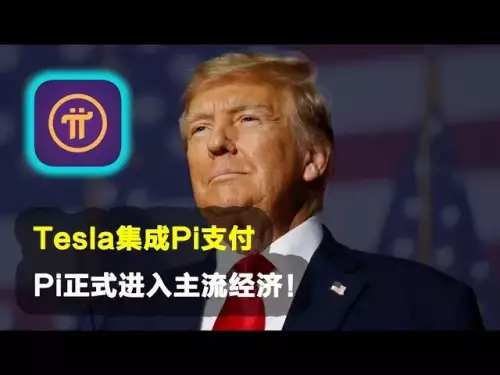-
 bitcoin
bitcoin $117366.968408 USD
0.60% -
 ethereum
ethereum $4611.537173 USD
-0.02% -
 xrp
xrp $3.089373 USD
0.06% -
 tether
tether $1.000286 USD
-0.03% -
 bnb
bnb $986.505381 USD
-0.03% -
 solana
solana $247.629906 USD
0.68% -
 usd-coin
usd-coin $0.999771 USD
-0.03% -
 dogecoin
dogecoin $0.281380 USD
-0.26% -
 cardano
cardano $0.931695 USD
1.71% -
 tron
tron $0.352059 USD
2.40% -
 hyperliquid
hyperliquid $58.226337 USD
-0.94% -
 chainlink
chainlink $24.805082 USD
3.27% -
 avalanche
avalanche $35.625687 USD
10.55% -
 ethena-usde
ethena-usde $1.000922 USD
-0.02% -
 sui
sui $3.883984 USD
2.13%
How to deal with smart contract upgrades in blockchain development?
Smart contract upgrades, crucial for bug fixes and feature additions, utilize various strategies: proxy contracts (preserving addresses but increasing complexity), upgradeable contracts (efficient but demanding careful design), and complete replacements (simplest but disruptive). Security and gas costs heavily influence the choice.
Mar 15, 2025 at 08:15 am
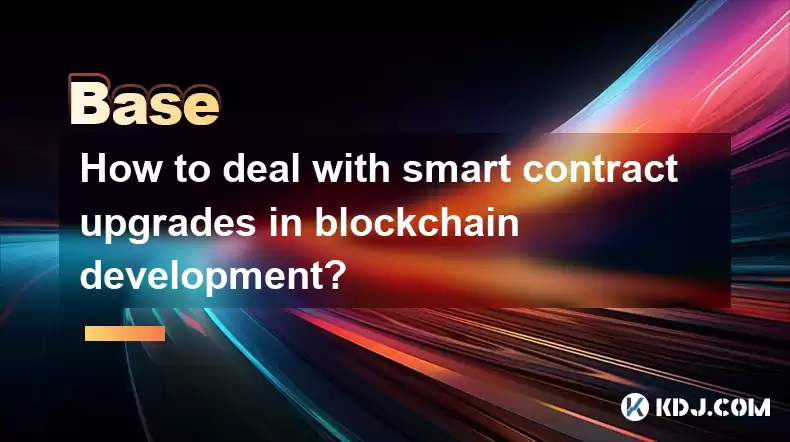
- Understanding the need for smart contract upgrades.
- Exploring different upgrade strategies: proxy contracts, upgradeable contracts, and complete replacement.
- Analyzing the security implications of each approach.
- Considering the gas costs associated with upgrades.
- Implementing best practices for secure and efficient smart contract upgrades.
Smart contracts, once deployed, are immutable. This immutability, a core tenet of blockchain technology, presents a challenge: how do you fix bugs, add features, or adapt to changing requirements after deployment? This article explores various strategies for upgrading smart contracts, highlighting their advantages and disadvantages.
The necessity for smart contract upgrades stems from several factors. Initially, unforeseen bugs might emerge post-deployment. Market demands might shift, necessitating functional enhancements. Even security vulnerabilities, sometimes discovered months or years later, require immediate attention. Failing to address these issues can lead to financial losses, reputational damage, and exploit opportunities for malicious actors.
Upgrade StrategiesSeveral approaches exist for upgrading smart contracts. Each comes with its own set of trade-offs.
- Proxy Contracts: This method involves deploying a proxy contract that interacts with the original smart contract. Upgrades involve deploying a new version of the smart contract and updating the proxy to point to the new address. This preserves the original contract's address, maintaining compatibility with existing integrations. However, this adds complexity and increases the attack surface.
- Upgradeable Contracts: This approach uses a design pattern that allows for modifying the contract's logic without changing its address. This often involves using inheritance and upgrade functions. This method can be more efficient than proxy contracts but requires careful design and implementation to prevent vulnerabilities. The complexity of this approach can be high.
- Complete Replacement: This is the simplest method, involving deploying a completely new contract and migrating data. It's straightforward but requires notifying all users and updating all integrations, potentially disrupting the system. Data migration can be complex and error-prone, demanding careful planning and execution.
Security is paramount in smart contract upgrades. Improperly implemented upgrades can introduce new vulnerabilities or exacerbate existing ones. Thorough auditing is crucial before and after any upgrade. Consider the following:
- Access Control: Ensure only authorized parties can initiate upgrades. Robust access control mechanisms, such as multi-signature wallets, are vital. Failing to implement these controls can lead to unauthorized modifications and potential exploits.
- Data Migration: Securely migrating data from the old contract to the new one is critical. Any errors during this process can lead to data loss or corruption. Careful testing and validation are essential.
- Reentrancy Attacks: Upgrades must be carefully designed to prevent reentrancy attacks, where malicious contracts can repeatedly call functions, causing unintended consequences. Robust input validation and state management are crucial.
Upgrading smart contracts incurs gas costs, varying based on the chosen strategy and the complexity of the changes. Proxy contracts generally have lower gas costs for upgrades, as only the proxy contract needs updating. Complete replacements, however, can be significantly more expensive due to data migration. Careful consideration of gas optimization techniques is crucial to minimize costs. Thorough planning and testing of gas usage are crucial steps.
Best Practices- Thorough Testing: Before deploying any upgrade, comprehensive testing on testnets is essential. This includes unit tests, integration tests, and security audits. Ignoring this step can lead to disastrous consequences.
- Version Control: Use a version control system (e.g., Git) to track changes and facilitate rollbacks if necessary. This ensures traceability and enables efficient collaboration among developers.
- Documentation: Maintain detailed documentation outlining the upgrade process, including any potential risks and mitigation strategies. Clear and comprehensive documentation is critical for successful upgrades.
- Emergency Procedures: Establish clear emergency procedures to handle unforeseen issues during the upgrade. This might include rollback mechanisms or contingency plans. A well-defined emergency plan is essential for disaster recovery.
- Community Engagement: Communicate transparently with the community about planned upgrades, potential downtime, and any risks involved. Keeping users informed is vital for maintaining trust and confidence.
A: There's no single "most secure" method. The optimal approach depends on the specific contract, its complexity, and the nature of the upgrade. However, thorough auditing, robust access control, and careful consideration of potential vulnerabilities are crucial regardless of the chosen strategy. Upgradeable contracts, when properly designed, can offer high security if implemented correctly.
Q: How much does a smart contract upgrade cost?A: The cost varies greatly depending on the chosen method (proxy, upgradeable contract, or complete replacement), the complexity of the changes, the network's gas prices, and the amount of data that needs to be migrated. Proxy contracts typically have lower gas costs than complete replacements.
Q: Can I upgrade a smart contract without affecting its users?A: Ideally, yes, particularly with proxy contracts. However, some upgrades might require user interaction or temporarily disrupt functionality. Transparent communication with users is essential to manage expectations and minimize disruption. Complete replacements will invariably require user interaction or application updates.
Q: What happens if a smart contract upgrade fails?A: The consequences can range from minor disruptions to complete system failure, depending on the nature of the failure and the upgrade method used. Having a rollback plan, a well-defined emergency procedure, and thorough testing are crucial to mitigate the risk of failure.
Q: How often should I upgrade my smart contracts?A: There's no fixed schedule. Upgrades should be performed when necessary, such as to fix bugs, add features, or address security vulnerabilities. Regular security audits and monitoring can help identify the need for upgrades.
Disclaimer:info@kdj.com
The information provided is not trading advice. kdj.com does not assume any responsibility for any investments made based on the information provided in this article. Cryptocurrencies are highly volatile and it is highly recommended that you invest with caution after thorough research!
If you believe that the content used on this website infringes your copyright, please contact us immediately (info@kdj.com) and we will delete it promptly.
- CBDCs in Chile and Brazil: A Tale of Two Approaches
- 2025-09-19 12:25:16
- Bitcoin Whales, Ethereum, and Smart Money: A New Yorker's Take on Crypto's Evolving Landscape
- 2025-09-19 10:25:11
- Bitcoin, Crypto Rally, and September's Endgame: What's the Haps?
- 2025-09-19 10:25:11
- From Change to Riches: That 1 Rupee Coin Could Be Worth 10 Crores!
- 2025-09-19 10:30:00
- ZA Miner: Your Go-To for Cloud Mining and Crypto Income in 2026
- 2025-09-19 10:30:00
- Cryptos in September 2025: Presale Gains and Beyond!
- 2025-09-19 10:30:00
Related knowledge
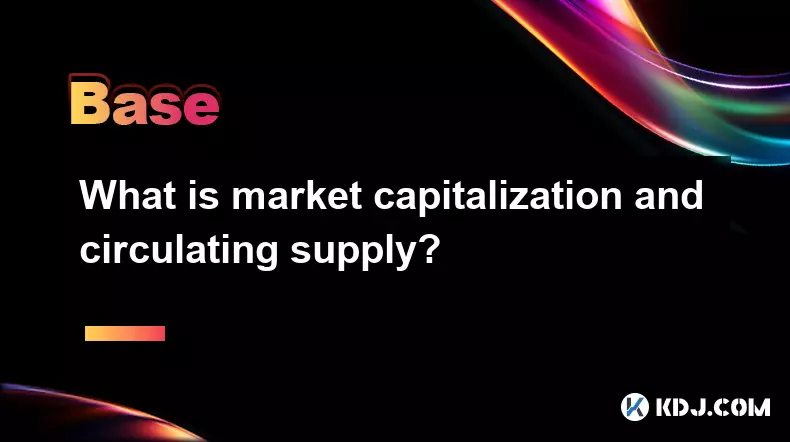
What is market capitalization and circulating supply?
Sep 18,2025 at 09:55pm
Understanding Market Capitalization in the Cryptocurrency Space1. Market capitalization, commonly referred to as 'market cap,' is a metric used to ass...
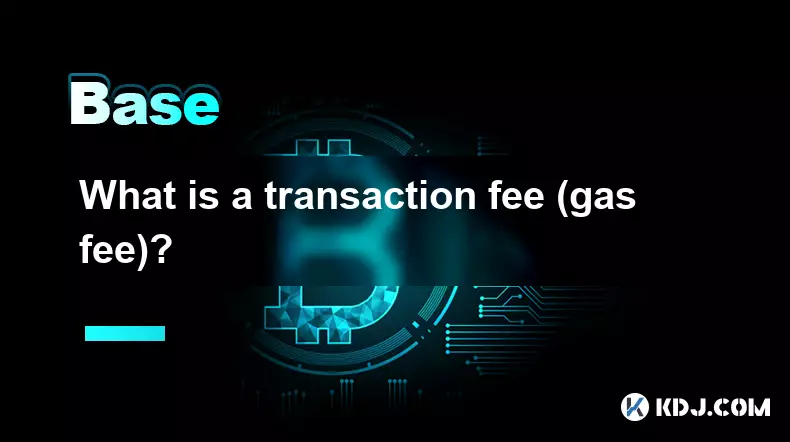
What is a transaction fee (gas fee)?
Sep 18,2025 at 06:36pm
Understanding Transaction Fees in the Cryptocurrency EcosystemTransaction fees, commonly referred to as gas fees in blockchain networks like Ethereum,...
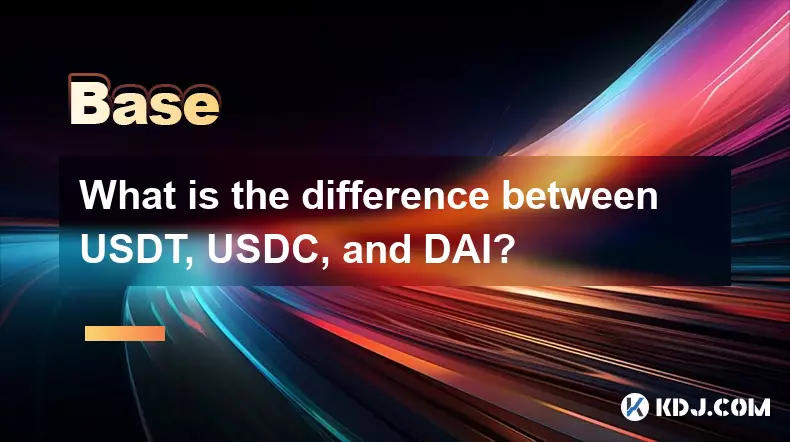
What is the difference between USDT, USDC, and DAI?
Sep 19,2025 at 06:36am
Understanding the Core Mechanisms of USDT, USDC, and DAI1. USDT, also known as Tether, operates as a centralized stablecoin backed primarily by cash a...
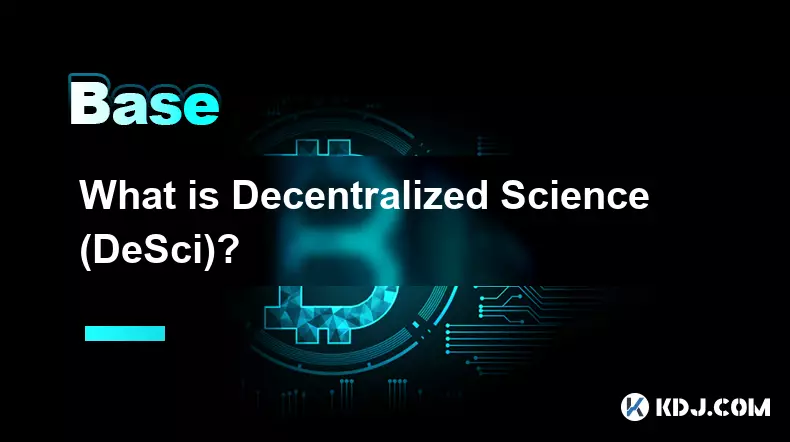
What is Decentralized Science (DeSci)?
Sep 18,2025 at 03:37pm
What is Decentralized Science (DeSci)?Decentralized Science, commonly referred to as DeSci, represents a movement leveraging blockchain technology and...

What's the difference between mining and staking in Web3?
Sep 19,2025 at 03:36am
Mining: The Proof-of-Work Mechanism1. Mining is a consensus mechanism used primarily in blockchain networks that operate under Proof-of-Work (PoW). In...
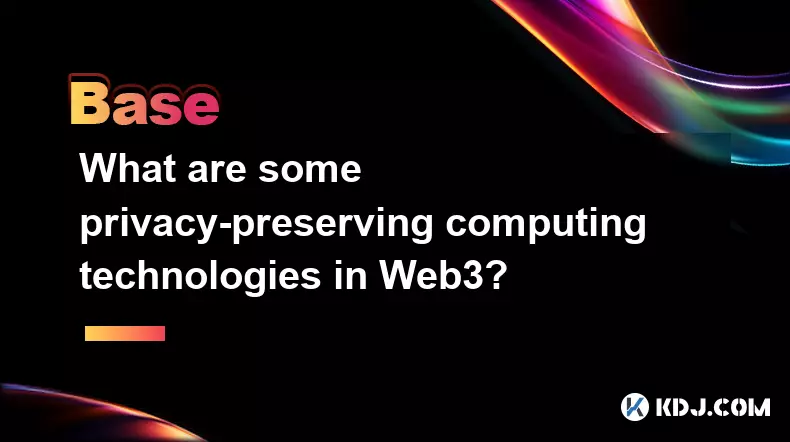
What are some privacy-preserving computing technologies in Web3?
Sep 18,2025 at 06:54pm
Zero-Knowledge Proofs in Blockchain Transactions1. Zero-knowledge proofs (ZKPs) allow one party to prove to another that a statement is true without r...

What is market capitalization and circulating supply?
Sep 18,2025 at 09:55pm
Understanding Market Capitalization in the Cryptocurrency Space1. Market capitalization, commonly referred to as 'market cap,' is a metric used to ass...

What is a transaction fee (gas fee)?
Sep 18,2025 at 06:36pm
Understanding Transaction Fees in the Cryptocurrency EcosystemTransaction fees, commonly referred to as gas fees in blockchain networks like Ethereum,...

What is the difference between USDT, USDC, and DAI?
Sep 19,2025 at 06:36am
Understanding the Core Mechanisms of USDT, USDC, and DAI1. USDT, also known as Tether, operates as a centralized stablecoin backed primarily by cash a...

What is Decentralized Science (DeSci)?
Sep 18,2025 at 03:37pm
What is Decentralized Science (DeSci)?Decentralized Science, commonly referred to as DeSci, represents a movement leveraging blockchain technology and...

What's the difference between mining and staking in Web3?
Sep 19,2025 at 03:36am
Mining: The Proof-of-Work Mechanism1. Mining is a consensus mechanism used primarily in blockchain networks that operate under Proof-of-Work (PoW). In...

What are some privacy-preserving computing technologies in Web3?
Sep 18,2025 at 06:54pm
Zero-Knowledge Proofs in Blockchain Transactions1. Zero-knowledge proofs (ZKPs) allow one party to prove to another that a statement is true without r...
See all articles


























